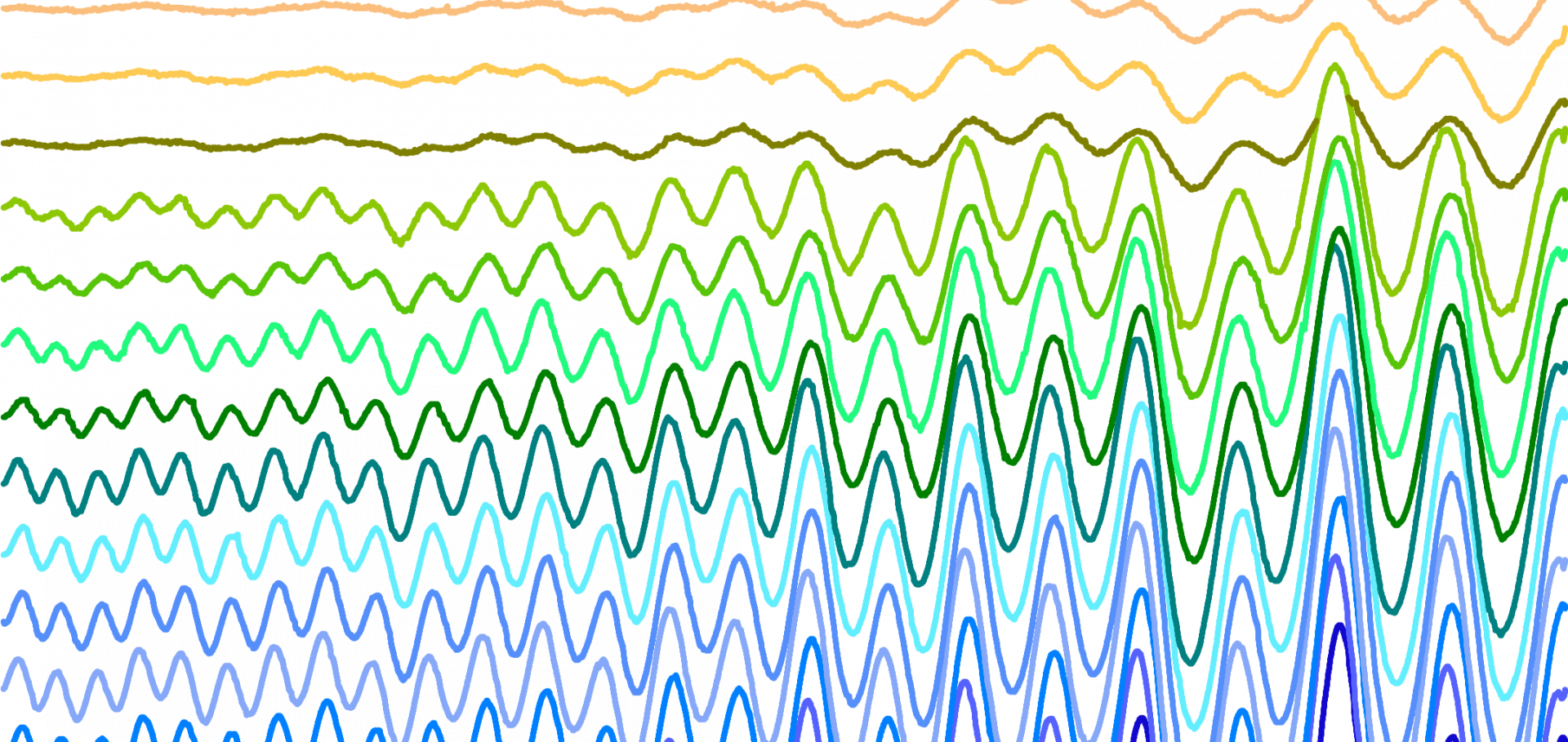Unveiling the quasiparticle behaviour in the pressure-induced high-$T_c$ phase of an iron-chalcogenide superconductor
(2024)
Unveiling the quasiparticle behaviour in the pressure-induced high-Tc phase of an iron-chalcogenide superconductor
npj Quantum Materials Springer Nature 9:1 (2024) 52
Abstract:
Superconductivity of iron chalocogenides is strongly enhanced under applied pressure yet its underlying pairing mechanism remains elusive. Here, we present a quantum oscillations study up to 45 T in the high-Tc phase of tetragonal FeSe0.82S0.18 up to 22 kbar. Under applied pressure, the quasi-two-dimensional multi-band Fermi surface expands and the effective masses remain large, whereas the superconductivity displays a threefold enhancement. Comparing with chemical pressure tuning of FeSe1−xSx, the Fermi surface expands in a similar manner but the effective masses and Tc are suppressed. These differences may be attributed to the changes in the density of states influenced by the chalcogen height, which could promote stronger spin fluctuations pairing under pressure. Furthermore, our study also reveals unusual scattering and broadening of superconducting transitions in the high-pressure phase, indicating the presence of a complex pairing mechanism.Unveiling the quasiparticle behaviour in the pressure-induced high- T c phase of an iron-chalcogenide superconductor
npj Quantum Materials Nature Research 9:1 (2024) 52
Abstract:
Superconductivity of iron chalocogenides is strongly enhanced under applied pressure yet its underlying pairing mechanism remains elusive. Here, we present a quantum oscillations study up to 45 T in the high-Tc phase of tetragonal FeSe0.82S0.18 up to 22 kbar. Under applied pressure, the quasi-two-dimensional multi-band Fermi surface expands and the effective masses remain large, whereas the superconductivity displays a threefold enhancement. Comparing with chemical pressure tuning of FeSe1−xSx, the Fermi surface expands in a similar manner but the effective masses and Tc are suppressed. These differences may be attributed to the changes in the density of states influenced by the chalcogen height, which could promote stronger spin fluctuations pairing under pressure. Furthermore, our study also reveals unusual scattering and broadening of superconducting transitions in the high-pressure phase, indicating the presence of a complex pairing mechanism.Resurgence of superconductivity and the role of $d_{xy}$ hole band in FeSe$_{1-x}$Te$_x$
(2024)
Collapse of Metallicity and High-Tc Superconductivity in the High-Pressure phase of FeSe0.89S0.11
University of Oxford (2024)


